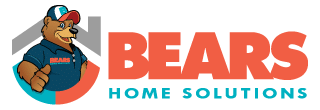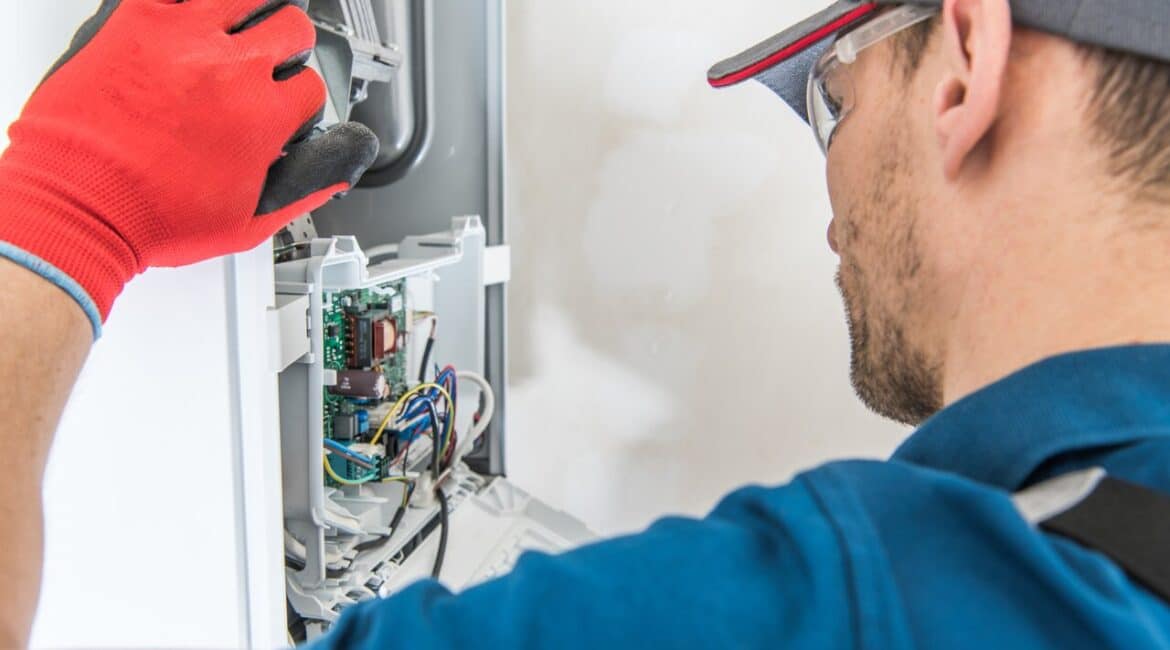Your furnace is crucial in keeping your home warm and comfortable during the colder months. However, regular maintenance and attention to safety measures are essential to ensure optimal performance and longevity. As the Red River Valley’s Top-Rated Home HVAC & Plumbing Company, we are committed to helping you keep your home cozy and secure. Our ultimate guide to furnace maintenance and safety will provide you with insightful tips and best practices to preserve your system’s functionality and efficiency while safeguarding your home from potential hazards.
Following these guidelines will not only help you enjoy the benefits of consistent heating but will also secure your investment in your furnace and contribute to the overall well-being of your home.
Regularly Replace or Clean Furnace Filters
One of the most critical steps in furnace maintenance and safety is routinely replacing or cleaning the filters. Here’s what you need to know:
- Furnace filters are vital in maintaining indoor air quality and preventing dust and debris from entering the system. A clogged filter can impede airflow, causing the system to work harder and wear out faster.
- Ideally, you should replace disposable filters or clean reusable ones every 1-3 months, depending on factors such as the filter type, the presence of pets, and the dust levels in your home.
- To replace or clean your filter, first locate the filter compartment, which may be near the blower fan or air intake. Turn off the furnace, remove the used filter, and insert the new one, aligning it to fit correctly with the airflow direction. Clean washable filters according to the manufacturer’s recommendations before reinstalling.
Inspect and Clean the Blower Assembly
The blower assembly in your furnace is responsible for circulating warm air throughout your home. Regular inspection and cleaning help maintain its efficiency and performance. Here’s how:
- First, ensure your furnace is off and disconnected from power sources before attempting any inspection or cleaning.
- Locate the blower assembly adjacent to the air filter compartment.
- Carefully remove the blower assembly panel, being cautious not to damage any wiring or components.
- Use a soft brush or a vacuum cleaner to remove dust and debris from the blower fan blades and surrounding areas.
- Visually inspect the blower assembly for any signs of wear or damage. If you spot any concerns, consult our professional technicians for further assessment and potential repair.
Examine Burners and Heat Exchanger
Burners and heat exchangers are crucial components in your furnace that directly affect its efficiency and safety. Regular inspection can help detect potential issues early. Here’s what to do:
- Locate the burner compartment, usually found behind an access panel. Ensure your furnace is turned off and cool before proceeding.
- Visually inspect the burners for any signs of corrosion, soot buildup, or damage. Properly functioning burners will have a blue flame with yellow tips. If you spot any inconsistencies or concerns, consult our professionals for assistance.
- Inspect the heat exchanger for cracks, rust, or other signs of wear. A damaged heat exchanger poses a safety risk, as it can potentially release dangerous combustion gases into your home. If you notice any issues, contact our professional technicians immediately to assess and, if necessary, repair or replace the component.
Check and Clean the Exhaust and Venting System
A well-functioning exhaust and venting system ensures furnace safety and efficiency. Regular inspection and cleaning can help prevent dangerous gas leaks and combustion byproducts from affecting your home. Here’s how:
- Inspect the exhaust system components, including pipes, vent caps, and ductwork, for any signs of corrosion, damage, or loose connections. If you spot any issues, consult a professional for further evaluation.
- Check for any blockages that may impede proper airflow or exhaust. Typical obstructions include debris, bird nests, or excessive soot buildup.
- If you have a chimney, consider scheduling our professional chimney inspection and cleaning services. This will help remove any soot or creosote buildup and ensure your chimney remains structurally sound and safe for use.
Schedule Annual Professional Maintenance
Some furnace maintenance tasks require the expertise of our professional technicians. Here’s why an annual professional maintenance appointment is essential:
- Our professional technicians can thoroughly inspect your furnace system, identifying potential issues you may not notice.
- We can efficiently clean and adjust burners or blower components, ensuring optimal performance and energy efficiency.
- We can assess the safety features of your furnace, including venting systems and carbon monoxide detectors, which are crucial for maintaining a safe home environment.
- Regular professional maintenance helps extend the life of your furnace and keeps it performing at its best, saving you money on energy bills and potentially costly repairs in the long run.
Secure a Safe and Efficient Furnace with Expert Assistance
Furnace maintenance and safety are essential to a comfortable and secure home, particularly during chilly months. By following this ultimate guide, you can stay on top of your furnace’s condition while preventing potential hazards. However, certain tasks may demand the proficiency of our professional technicians who can detect, resolve, and maintain your system’s well-being.
When you need expert furnace maintenance and repair, trust us at Bears Home Solutions. As the Red River Valley’s Top-Rated Home HVAC & Plumbing Company, our experienced professionals are equipped to perform thorough inspections, address potential concerns, and ensure that your furnace stays in excellent shape. Schedule a service appointment with us today, and let us provide the comprehensive care your furnace deserves, keeping your home cozy, comfortable, and safe with expert furnace maintenance and safety measures.



